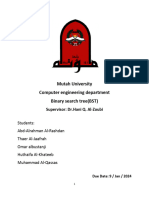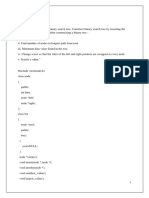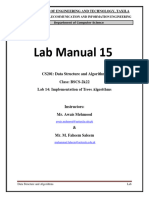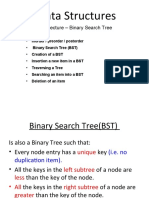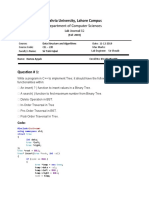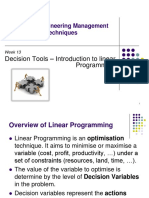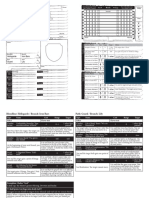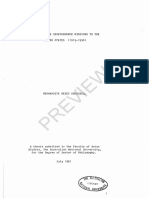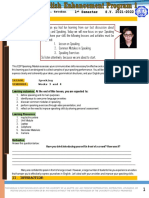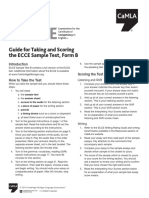0% found this document useful (0 votes)
40 views5 pagesTT Exp-8
The document describes a C++ program to check if a binary tree is a binary search tree using recursion. It defines a TreeNode structure and recursive isBSTUtil function to check nodes. The main function creates a binary tree from user input and calls isBST to check if it is a BST, printing the result.
Uploaded by
princeshukl21Copyright
© © All Rights Reserved
We take content rights seriously. If you suspect this is your content, claim it here.
Available Formats
Download as PDF, TXT or read online on Scribd
0% found this document useful (0 votes)
40 views5 pagesTT Exp-8
The document describes a C++ program to check if a binary tree is a binary search tree using recursion. It defines a TreeNode structure and recursive isBSTUtil function to check nodes. The main function creates a binary tree from user input and calls isBST to check if it is a BST, printing the result.
Uploaded by
princeshukl21Copyright
© © All Rights Reserved
We take content rights seriously. If you suspect this is your content, claim it here.
Available Formats
Download as PDF, TXT or read online on Scribd
/ 5








